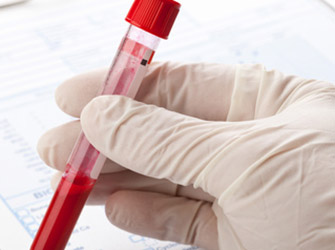 Cosmic Building Block Dust From An Ancient Supernova Found
Cosmic Building Block Dust From An Ancient Supernova FoundOne of astronomy's big questions is why galaxies forming as recently as 1 billion years after the...
 Suramin: Old Sleeping Sickness Drug Reverses Autism-like Symptoms In Mouse Model
Suramin: Old Sleeping Sickness Drug Reverses Autism-like Symptoms In Mouse ModelAutism spectrum disorders affect 1 percent of children in the United States and hundreds of genetic...
 A Blood Test For Depression
A Blood Test For DepressionResearchers at Medical University of Vienna say it is possible for a blood test to detect depression...
 Cretaceous Octopus With Ink And Suckers -- The World's Least Likely Fossils?
Cretaceous Octopus With Ink And Suckers -- The World's Least Likely Fossils?New finds of 95 million year old fossils reveal much earlier origins of modern octopuses. These...
- « first
- ‹ previous
- 1
- 2
- 3
- 4









